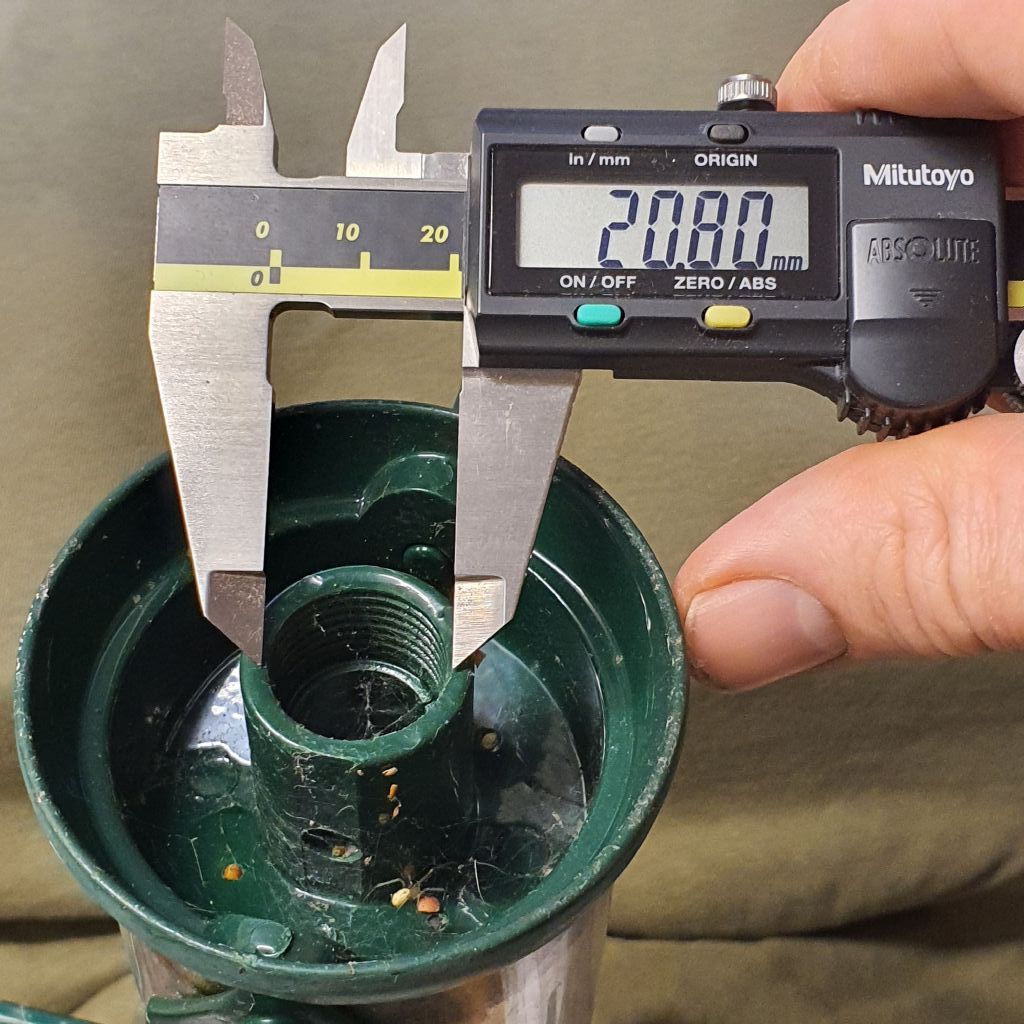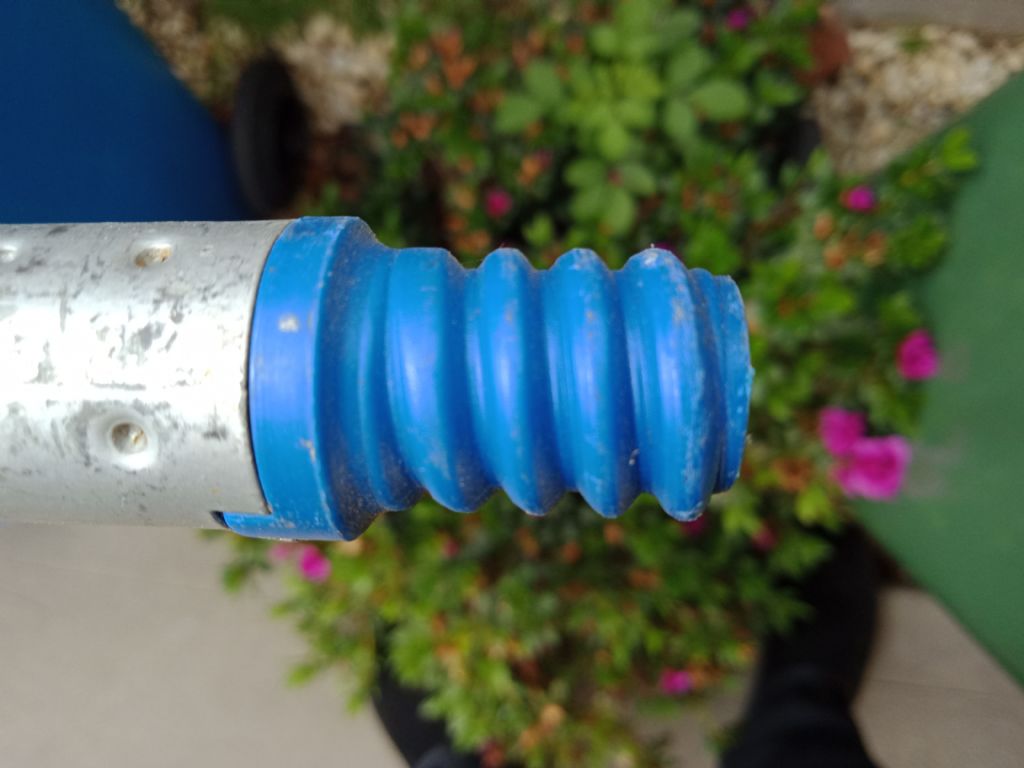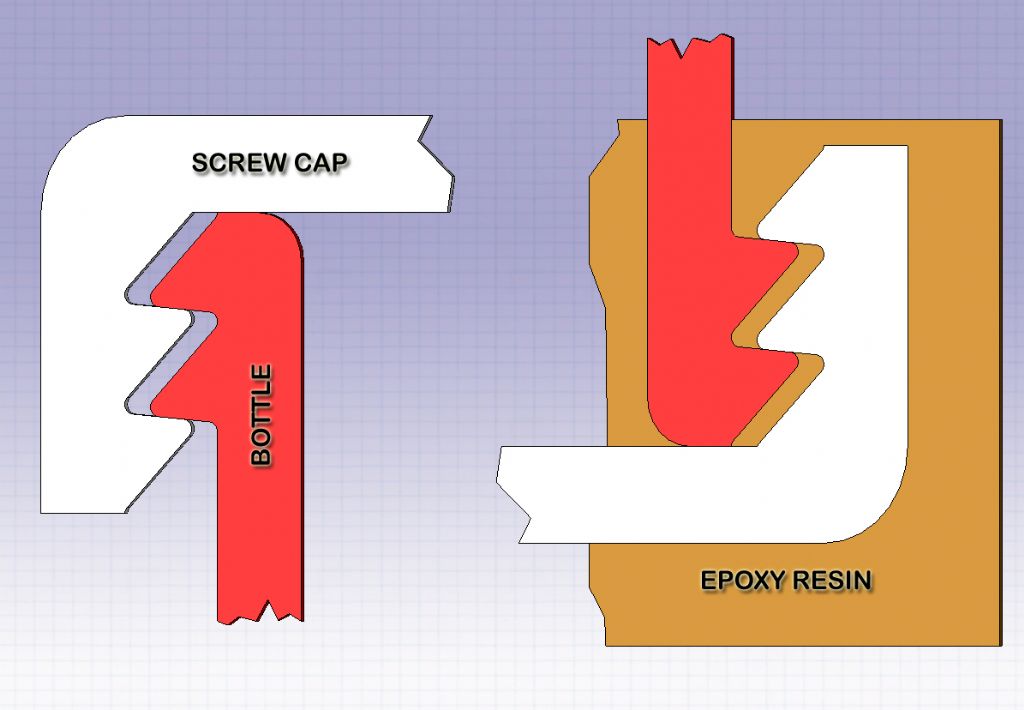Trying to identify a bird-feeder thread.
| Pete White | 19/09/2023 08:31:21 |
| 223 forum posts 16 photos | Double post again, I am losing it! Tryin to multi task posting and eating my cereal? Went to check post for errors and did not find it so posted again, sorry.
Edited By Pete White on 19/09/2023 08:35:55 |
| Nick Wheeler | 19/09/2023 09:42:00 |
| 1227 forum posts 101 photos | Posted by Neil Wyatt on 18/09/2023 23:31:48:
If someone produces a table of bird feeder threads and other useful standards like watering can rose tapers, outside tap connector threads (there are at least three) and pea netting mesh sizes, we could produce a pull out for MEW. Is pull out a suitable phrase when talking about threads? |
| JasonB | 19/09/2023 09:57:46 |
25215 forum posts 3105 photos 1 articles | Good idea to make it a pull out then it will be easy to throw in the bin |
| Bo'sun | 19/09/2023 11:21:45 |
| 754 forum posts 2 photos | Sam, Looking at Ed's images, the feeder looks (to me anyway) to be die-cast rather than plastic. |
| Ed Duffner | 19/09/2023 12:25:10 |
| 863 forum posts 104 photos | Just to confirm, it is die-cast. I found a 1/2" 'pipe' tap at work today. Will check when I get home. |
| Neil Wyatt | 19/09/2023 13:08:03 |
19226 forum posts 749 photos 86 articles | Posted by Sam Stones on 19/09/2023 01:20:00:
Considering the many possibilities Neil, it would be some pull-out. It was meant as a joke But it is mind-blowing how many threads and fittings there are that are standard for obscure purposes. Pen nibs, windscreen wiper fittingss, cotton real bore sizes, clock key squares, guitar string ends, aerosol nozzles, sealant nozzle threads... Neil |
| File Handle | 19/09/2023 16:07:20 |
| 250 forum posts | If it is a pipe thread, it would make sense as old pipe would make a useful stand. |
| Sam Stones | 20/09/2023 22:09:45 |
922 forum posts 332 photos | I need to eat humble pie for making a momentous mistake. The green component in these two photographs had, to me at least, every appearance of being a polypropylene injection moulding. As Ed has indicated, it’s actually a metal die-casting. I stand corrected. Neil, your tongue-in-cheek humour didn’t go unnoticed, especially when you included pea netting mesh. Clearly, your humour does draw attention to the vast array of non-standard threads. There’s many a true word spoken in jest. For those still not bored with my interjections, here’s ‘Your starter of ten’...
"Specify this thread!" It's fitted to the end of a domestic broom/brush handle. Cheers, Sam |
| Simon0362 | 21/09/2023 09:42:32 |
| 279 forum posts 91 photos | Posted by Sam Stones on 20/09/2023 22:09:45:
"Specify this thread!" It's fitted to the end of a domestic broom/brush handle. This page (https://softsolder.com/2013/04/01/broom-handle-screw-thread-replacement-plug/) from "The Smell of Molten Projects in the Morning" has some details on plastic broom handle threads - potentially biased towards the US but nonetheless, enough to be going on. Ed's daily blog is well worth going through as well as an aside.
|
| Neil Lickfold | 21/09/2023 10:42:47 |
| 1025 forum posts 204 photos | In the plastics industry, there are many threads that are non standard, as they make the tooling nominal sizes, and the shrinkage alters it. They also make the tooling with a guess of the calculated shrinkage , and will then tune/change the one that is either easiest to either change the diameter, or to make another with compensated pitch. Glade that you have solved this one. Often I have made a cast of the thread, then measured it. just plaster of Paris works fairly good too. Neil |
| Nick Hughes | 21/09/2023 10:57:39 |
307 forum posts 150 photos | Could be one of a couple on here:-
Edited By Nick Hughes on 21/09/2023 11:01:03 |
| John Doe 2 | 21/09/2023 23:31:55 |
441 forum posts 29 photos | Thinking laterally;
1). Use a heat gun to soften the blue plastic coarse thread on that pole, then screw it into the die casting, (assuming the OD and ID are close enough). 2). Coat a suitable release agent onto the threads in the die casting, then insert a rod of smaller OD to the thread ID, and fill the gap with epoxy and hold the rod still until the epoxy has set hard. 3). If you don't need to ever disassemble it; don't use any release agent but just epoxy a suitable pole into the thread 'socket' 3a). Glue a short metal rod with a known thread on the outside end into the die casting, e.g an M12 bolt with the head cut off. Then drill and cut that known thread into the top of the pole you want to mount it on. |
| Sam Stones | 22/09/2023 02:35:49 |
922 forum posts 332 photos | Mr Lickfold, Neil, how dare you mention shrinkage? Actually, I found it a breath of fresh air when you touched on (mould) shrinkage, with its many ramifications. Upon reflection, it feels as if I spent a large chunk of my working life dealing with the subject, often against the flow of a few controversial 'recommendations'. As for potting (either in plaster or epoxy), I ran a bit roughshod over Raphael Golez’ Macro-photography thread with this interjection … Particularly potting in epoxy resin.to determine how two (M&F) threads aligned. I could prattle on but won't. Cheers! (Loud ones) Sam |
Please login to post a reply.
Want the latest issue of Model Engineer or Model Engineers' Workshop? Use our magazine locator links to find your nearest stockist!
Sign up to our newsletter and get a free digital issue.
You can unsubscribe at anytime. View our privacy policy at www.mortons.co.uk/privacy
- hemingway ball turner
04/07/2025 14:40:26 - *Oct 2023: FORUM MIGRATION TIMELINE*
05/10/2023 07:57:11 - Making ER11 collet chuck
05/10/2023 07:56:24 - What did you do today? 2023
05/10/2023 07:25:01 - Orrery
05/10/2023 06:00:41 - Wera hand-tools
05/10/2023 05:47:07 - New member
05/10/2023 04:40:11 - Problems with external pot on at1 vfd
05/10/2023 00:06:32 - Drain plug
04/10/2023 23:36:17 - digi phase converter for 10 machines.....
04/10/2023 23:13:48 - More Latest Posts...
- View All Topics
- Reeves** - Rebuilt Royal Scot by Martin Evans
by John Broughton
£300.00 - BRITANNIA 5" GAUGE James Perrier
by Jon Seabright 1
£2,500.00 - Drill Grinder - for restoration
by Nigel Graham 2
£0.00 - WARCO WM18 MILLING MACHINE
by Alex Chudley
£1,200.00 - MYFORD SUPER 7 LATHE
by Alex Chudley
£2,000.00 - More "For Sale" Ads...
- D1-3 backplate
by Michael Horley
Price Not Specified - fixed steady for a Colchester bantam mark1 800
by George Jervis
Price Not Specified - lbsc pansy
by JACK SIDEBOTHAM
Price Not Specified - Pratt Burnerd multifit chuck key.
by Tim Riome
Price Not Specified - BANDSAW BLADE WELDER
by HUGH
Price Not Specified - More "Wanted" Ads...
Do you want to contact the Model Engineer and Model Engineers' Workshop team?
You can contact us by phone, mail or email about the magazines including becoming a contributor, submitting reader's letters or making queries about articles. You can also get in touch about this website, advertising or other general issues.
Click THIS LINK for full contact details.
For subscription issues please see THIS LINK.
Model Engineer Magazine
- Percival Marshall
- M.E. History
- LittleLEC
- M.E. Clock
ME Workshop
- An Adcock
- & Shipley
- Horizontal
- Mill
Subscribe Now
- Great savings
- Delivered to your door
Pre-order your copy!
- Delivered to your doorstep!
- Free UK delivery!















 Register
Register Log-in
Log-in


